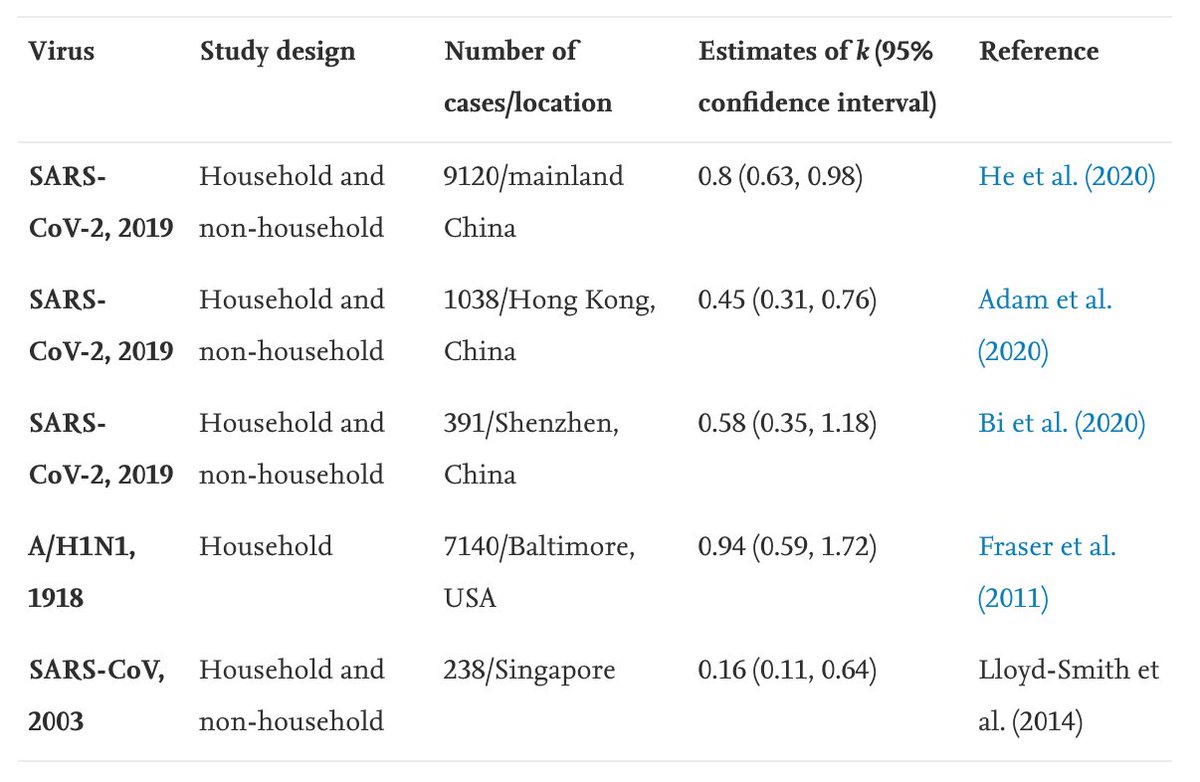
A few people have asked "do new variants mean vaccines won't work"? Important to avoid simple categories of 'works' and 'doesn't work'. Some variants may alter the extent of protection (and some probably won't) and question is whether this change matters (and at what scale)... 1/
A change in the virus won't necessarily mean change in all aspects of protection. For example, it might increase post-infection/post-vaccination probability of infection or extent of infectiousness by some amount, but not the extent of disease. 2/
In such an example, expected individual-level disease outcomes wouldn't change, but at population-level, transmission might persist for longer than a simple SIR dynamic would predict (and hence standard definition of vaccine herd immunity threshold won't necessarily apply). 3/
Data about variants are still emerging, and exact impact on different aspects of protection at different scales currently unclear. But as with all control measures, need to resist assuming that vaccination either goes in a 'solves everything' or 'does nothing' box. 4/4
• • •
Missing some Tweet in this thread? You can try to
force a refresh






